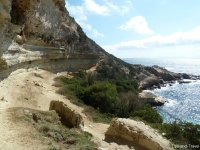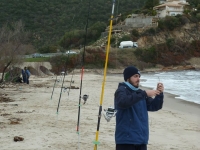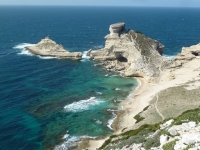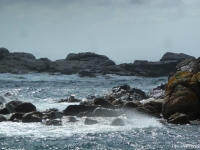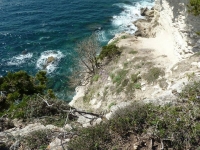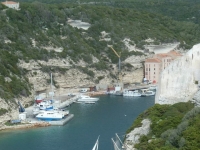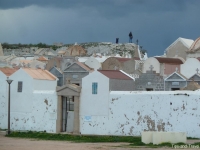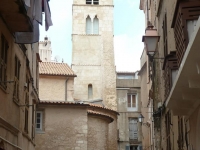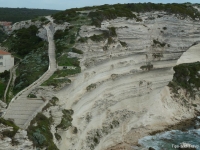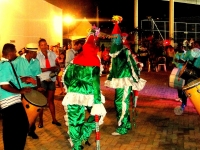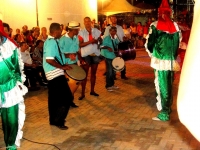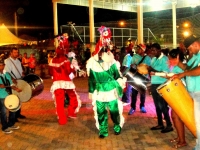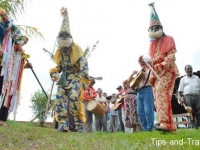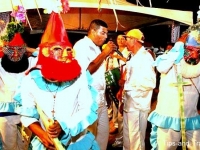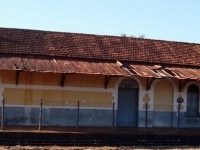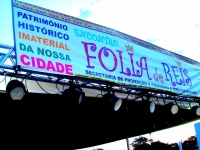Fautea Beach is located in the town of Sainte Lucie de Porto Vecchio in Corsica (20 km north of Porto-Vecchio). This is one of the most beautiful beaches of southern Corsica. It is also known for its Genoese tower , which was built in the late fourteenth century , the site of Fautea has been protected since 1979 by the ‘Conservatoire du Littoral’. The beach stretches for about 200 meters between the bridge and the Genoese tower. It’s a family beach with a gently sloping swimming, it is easily accessible from the highway. At the end of the beach (the side of the peak Fautea), we find behind the rocks a small sandy cove, usually frequented by the neighboring campers because the campsite is located very close .
Tips
You can find free parking on arrival.
If you prefer to have just a drink or eat in this place you can find a well-integrated restaurant there.
